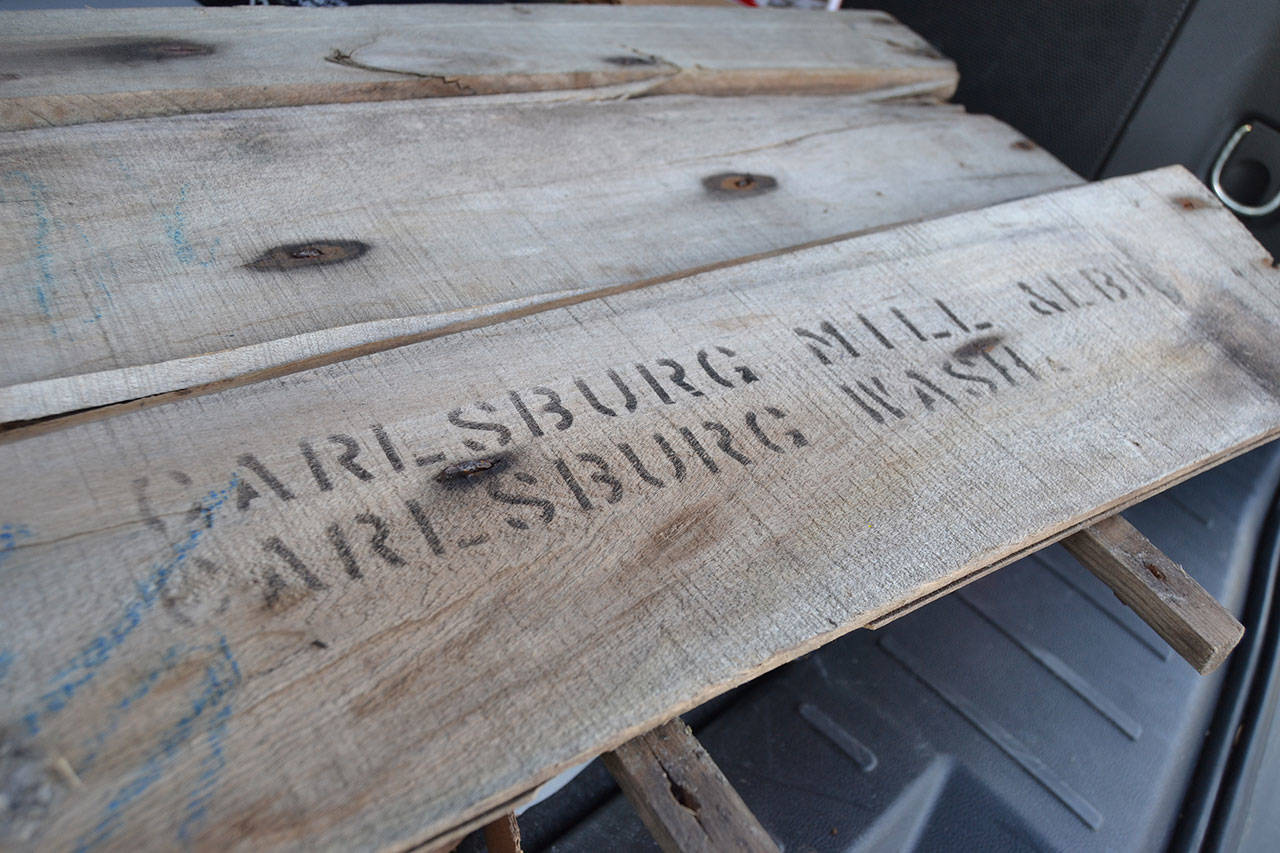Input has come from all over the world, including Sweden, on how to say Carlsborg correctly.
The Jan. 9 Gazette article, “How do you say Carlsborg?” seemed to open up the discussion more rather than bringing clarification.
Reactions ranged from locals saying “-borg” to “-berg” to both. But, as news people often say, “The story is developing.”
I traveled to Carlsborg seeking input from business people and long-time residents, and also reached out to several entities in Karlsborg, Sweden, where Carlsborg’s name originated.
Finding original sources from 1915 — the year Carlsborg, Wa., was founded — has proven difficult, however.
Multiple sources say Carl J. Erickson of Sweden named the town after his home town of Karlsborg on Vättern, the country’s second-largest lake. Representatives with Karlsborg’s tourism center and the Swedish-American Chamber of Commerce in Seattle say it’s pronounced “-borg.”
Judy Reandeau Stipe, executive director of Sequim Museum & Arts, said Erickson probably pronounced it “-borg” but people may have heard his thick Swedish accent incorrectly.
Bob Clark, 88, and a member of a Sequim pioneer family, said his family never called it “-borg.”
“Everyone talked about ‘Carls-berg,’” he said.
“As a kid, it was always ‘Carls-berg.’ My parents didn’t. My grandparents didn’t. Everyone I associated with it was Carls-berg.”
Letter of the day: “U”
Historic photos and documents seem to indicate Carlsborg with no variations in its spelling or indications for a different pronunciation.
The Carlsborg Mill changed its name a few times through a few changes in ownership, but the spelling remained the same with “-borg.”
However, Reandeau Stipe has uncovered some evidence to the contrary.
Stipe found shingles the mill used to produce with stamps on them reading, “Carlsburg Mill” of “Carlsburg Wash.”
The museum also owns shingles spelling it “-berg.”
She’s not alone in seeing Carlsborg with a “u.” Jerry Brownfield, another pioneer family member, said at a birthday party about 30 years ago William “Bill” McCrorie brought out a purple and gold cloth sign that read, “Carlsburg.”
“He put up the sign so everyone could see it,” Brownfield said. “I saw the sign and other than that, I’ve only seen “-burg” once.”
As for the official pronunciation, Brownfield said he never really paid attention.
“It never made a difference to me,” he said.
Reandeau Stipe said she recalls a canvas sign on a white wooden post in the town near the post office that read “Carlsburg,” too.
Formerly known as …
Looking further back, the Carlsborg area was called Rena for about 30 years prior to Erickson coming to and renaming the area.
According to “Sequim Pioneer Family Histories from 1850-W.W.II,” William Franklin Hooker — a major in the Confederate States America — moved from Georgia to settle in the area in 1882 with his family west of the Dungeness River. He named the area after his daughter Rena Pearl, and the Rena School was later established in 1888, according to the book.
The school became too small for its growing enrollment and was eventually included in the Macleay School District. By 1915 the community dropped the Rena reference and became known as Carlsborg.
“Jimmy Come Lately: The History of Clallam County” indicates Erickson sold his interests in the mill in 1936, leading the mill to change its name multiple times prior to its closure in the 1960s. But the community kept the Carlsborg moniker.
Prior to the formation of Rena, the Carlsborg area was known as Long Prairie, according to multiple sources.
The history of Long Prairie’s name remains unknown, Reandeau Stipe said, but it could follow someone’s last name or the shape of the area.
Regardless of its history, those in Carlsborg and nearby mostly plan to stick with what they’ve been saying for years, whether that’s “-borg,” “-berg,” or now “-burg.”
Clark said people who say “-borg” indicates to him they haven’t lived here long.
“They are cheechakos — the Chinook word for newcomer,” he said.
Reandeau Stipe said the spelling never really mattered to her family.
“My grandparents lived near the mill and from Day 1 they called it ‘-berg/-burg,’” she said.
In recent decades, Carlsborg has grown into a budding business community despite trains stopping years ago. So what’s next for Carlsborg, the area formerly known as Rena? Time will tell, despite no telling the definitive way to say the area’s name.
With questions or potential donations of documents or artifacts related to Carlsborg, contact the Sequim Museum & Arts, 544 N. Sequim Ave., at 360-681-2257 or SequimMuseum@Olypen.com.



